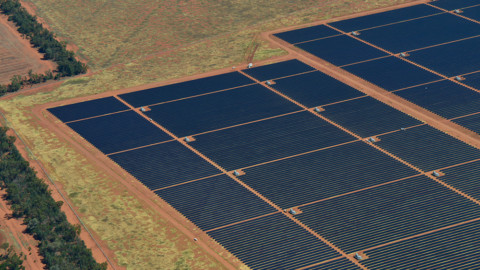Water is a natural resource that the human race cannot live without, so the need to access and transport this essential liquid has been critical for centuries.
While the need is still the same as it was centuries ago, technology has come a long way and today provides us with pumping stations that allow the movement of water from one place to another – often several kilometres away.
The key to controlling the activities of the modern-day pumping station is electronic devices such as a PLCs (Programmable Logic Controllers) and RTUs (Remote Terminal Units), usually via a Centralised Control Room with SCADA (Supervisory Control and Data Acquisition).
Operators can then be notified when there are pump faults, fluctuations in water levels, specific substation alarms or they can be notified of recorded operational data.
These notifications are based on data which is exchanged between the SCADA and the RTUs, where communication protocols define the rules between these exchanges.
DNP3 (Distributed Network Protocol) is one such protocol and has emerged as a standard for distributed communication in the water and electricity industry which requires time-stamping, security and an open protocol.
Click here to read the full article and to download a white paper from NHP.
This whitepaper has been used to help users understand the value that can be achieved through DNP3 architectures.
Complete with an application example drawn from a live installation, the white paper focuses on DNP3 architectures used for reliable and secure control of remote infrastructure such as water pumps.















